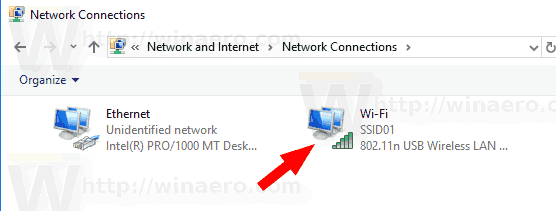

I walk a few steps to the front door, and suddenly there’s no signal, and I’m like, what? In a few days, you will learn how to locate areas in your home/office where the WiFi signal is most vital and where it is not available. I’m walking by my house, and the sign is full. WiFi signals are challenging to understand.

Windows 10 WIFI Analyzer | Image by Gerd Altmann from Pixabay

All of the app’s key features are available for free, but you can pay $4 a month to remove the ads and get more accurate readings.In this article we are talking about Windows 10 WIFI Analyzer we will give a brief about what is WiFi analyzer and talk about 7 WIFI Analyzer Tools for Windows 10. The iWifi app, for example, can measure Wi-Fi speed and ping to measure how quickly the network responds. But if you want to get other information on your network, there are plenty of apps that can help. Unfortunately, third-party apps are no longer able to access this data through iOS. Tap on a network to see signal strength split by Wi-Fi channel. The company hasn’t updated it in a while and it’s hardly crammed with features, but it will show you the current signal strength in dBm for all the Wi-Fi networks your device can detect. Unfortunately, that’s also all the information you’ll get in terms of native iOS options because even if you delve into the Wi-Fi menu in Settings, you’ll still only find those three bars to represent Wi-Fi signal strength.Īpple makes a free app called AirPort Utility that you can use to measure signal strength. There are only three bars though, so it’s not all that precise. If you’re on an iPhone, the Wi-Fi indicator to the right of the status bar will give you some idea of how strong your connection is at the moment. How to measure your Wi-Fi strength on iOS devices


 0 kommentar(er)
0 kommentar(er)
